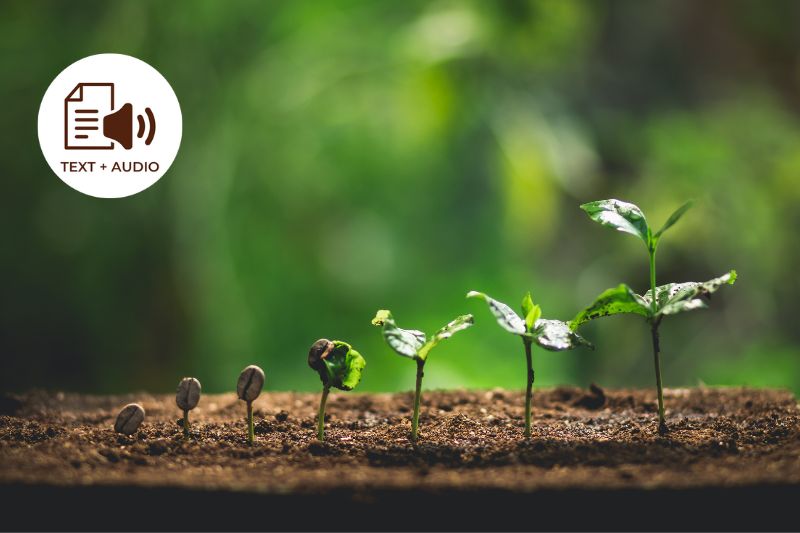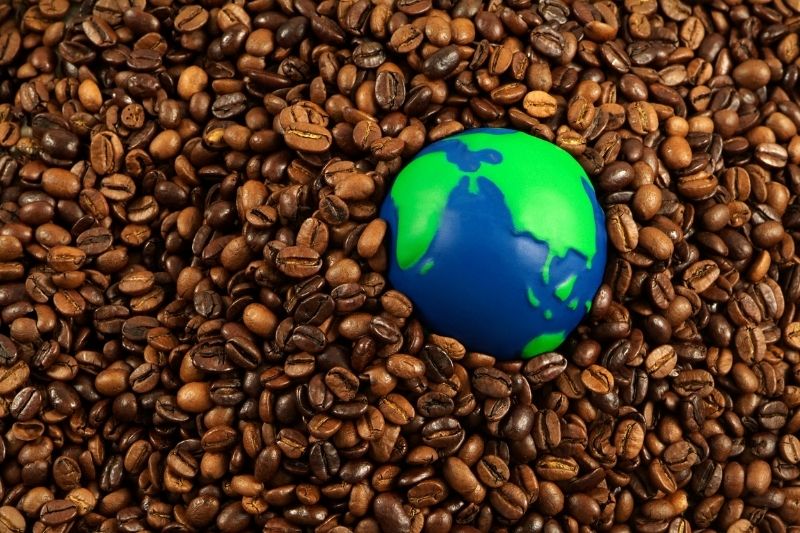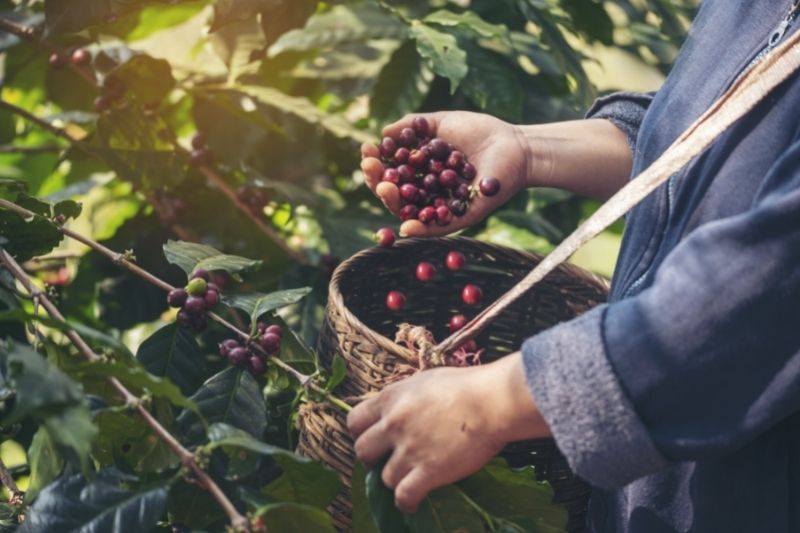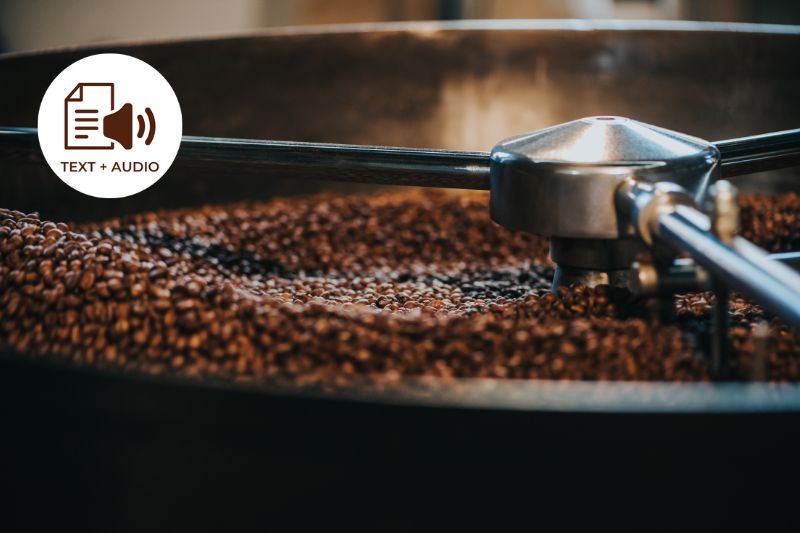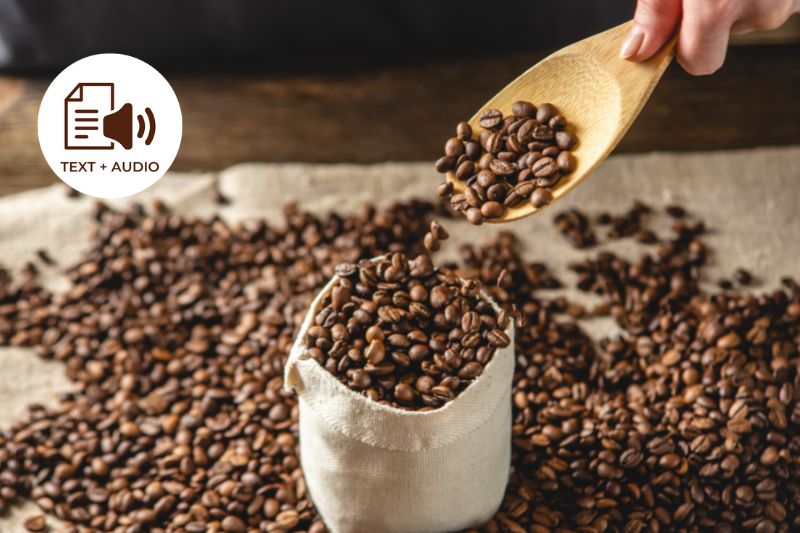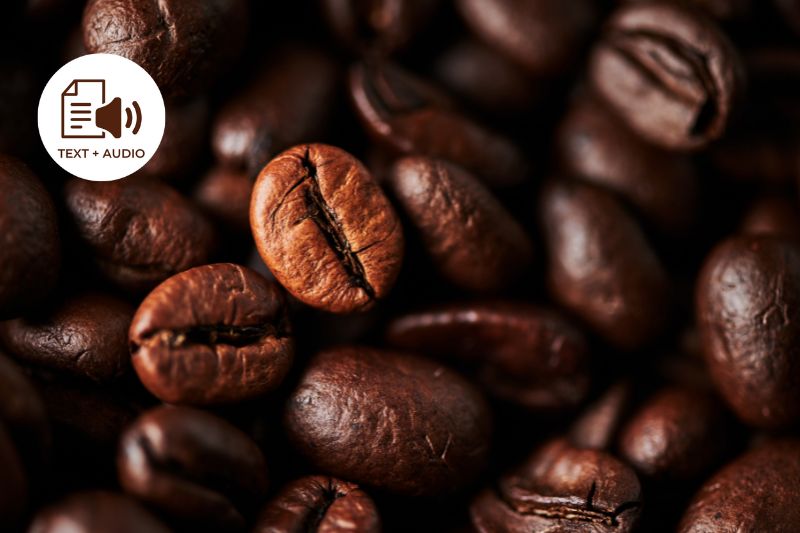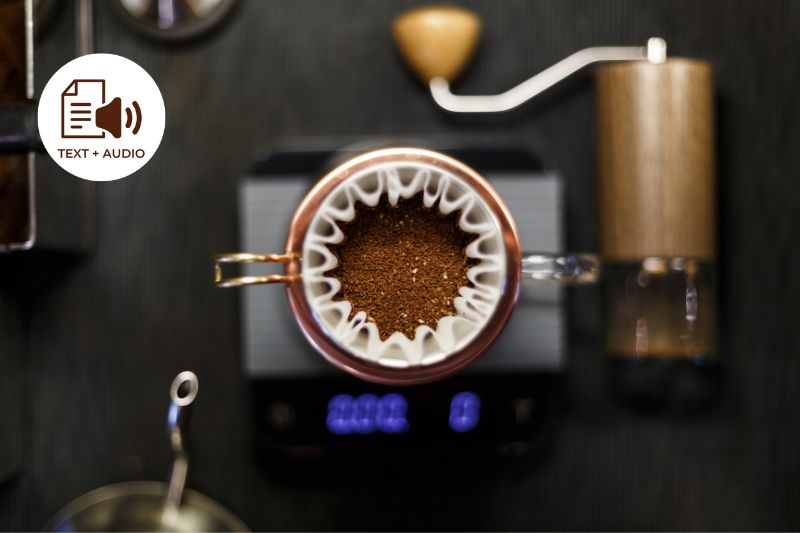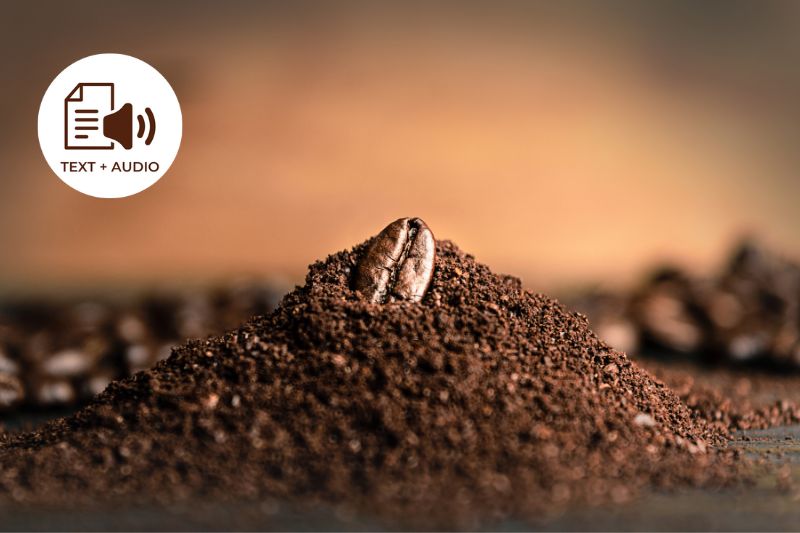It might seem strange to talk about seasonality when it comes to coffee. Usually, the focus is not on seasonality but rather on a quality that is as constant as possible. The coffee should always taste the same, whether in May or December.
Seasonality is, however, very relevant to how you buy premium coffee, which is why we want to talk to you about it today.

Here’s what we are going to cover:
How Season Affects the Taste of Coffee?
You have probably already heard the phrase "coffee is a fruit". What that means is that the coffee bean is actually the seed of the coffee cherry, which is part of the coffee cherry tree.
The coffee cherry is a fruit, and much like other fruits, it is seasonal. So, in short, when talking about premium coffee seasonality, we mean the time of year when the coffee is the freshest based on when it was harvested.
To a degree, it’s the job of the roaster to know which coffee is in season. After that, it all depends on where you are buying your coffee is in season. After that, it all depends on where you are buying your coffee. If you visit a coffee shop that only sells premium coffee, you will notice they change their coffee quite frequently as the months go by.
This probably means they are in line with coffee seasonality. It’s very unlikely that you will find the same thing in the supermarket.
How does the coffee cherry grow?
It all starts during the dry season. The drought means stress for the coffee plant. It is in a struggle for survival and wants to reproduce. Towards the end of the dry season, the tree forms small spikes of unopened flowers.

Now the tree waits for days to weeks for the rain. It is awesome how finely the trees react to changes in the weather. When the first rains come it takes exactly seven days until the flowers open. The trees bloom for three to four days and have an intense scent of jasmine.
When the flower has been pollinated, small pinheads form at the basis for the fruit. The fruit begins to grow quite quickly. In total, it takes six to eight months for the coffee cherries to be ripe and red.
Harvest timing is everything
The coffee trade is heavily dependent on the local harvest times. Coffees are grown in the northern hemisphere (Mexico, Central America, northern Colombia, Ethiopia, Kenya) are at their peak season from early summer into fall.
On the other hand, coffees are grown in the southern hemisphere (Brazil, southern Colombia, Peru, Burundi, Rwanda, Papua New Guinea) generally reach their peak from early winter into spring.
So roasters have to wait for the perfect time when freshness and quality are optimal. That takes a lot of experience and an active exchange with local producers and exporters.

Kenya: A seasonality example
Kenya is on the equator, just like Colombia or Indonesia. As a result, the country has two rainy seasons. Accordingly, there are two periods in which the coffee trees bloom: The first window is in March / April. This then results in a harvest from October to December.
The second period is in September / October which in turn leads to a harvest from April to June. Interestingly, certain trees produce two harvests while others only produce one harvest.

There are basically three factors here: the location, the height, and the type of cultivation. If the tree is exactly on the equator, it can be assumed that it will produce two harvests. The height in turn means that the maturation process takes more time.
And finally, a well-organized farm tries to influence the cycle of trees in order to enable the simplest possible cultivation. For example, you can water the trees at the right moment so that they bloom at the same time. Plant psychology plays an enormous role and is extremely complex.
Why seasonality matters
Well, the answer here is as simple as you can imagine: flavor. Coffee that has been harvested too early and is too “young”, will taste grassy, partly like vegetables. The body will be rather thin and watery. The espresso can develop a sharp acidity because the acid has not yet been nicely integrated.
Coffee that’s too old on the other hand will taste like straw. Very, very old coffees turn woody and ashy. The sweetness almost completely disappears. So having basic knowledge about coffee seasonality and when to avoid it will definitely elevate your premium coffee experience.

Which coffee should you choose?
Actually, the first question you should be asking is where to buy your coffee from. Your best bet for buying premium seasonal coffee is either to buy it from a good coffee shop or online.
It’s easy to tell if the beans sold in a coffee shop are seasonal because they would be rotated throughout the year. What’s more, you can simply ask the baristas. If they mean business then they should be able to answer.

Buying online is also a good option, especially if you are buying directly from the roasters’ website. There you should find all the information you need regarding the coffee you are going to purchase.
To help you choose the right coffee, here’s our tip:
- From late winter until early summer, buy Northern Hemisphere coffees.
- From late summer to early winter, buy coffee that has grown below the Equator.
Final Thoughts
Coffee for many of us is such a big part of our lives but we rarely stop to think where it comes from and that it is the seed of a fruit. However, this is changing, as more and more people become aware of its amazing qualities.
Seasonality is a big part of the story of coffee and a factor that influences its flavor and aroma on a big scale. Knowing a little bit about it will definitely help you make more educated choices when you buy coffee and will ultimately make your everyday brew taste much better.
This post was first published in 2021 but it was updated in 2023 just for you.Get Free Bonus Book


